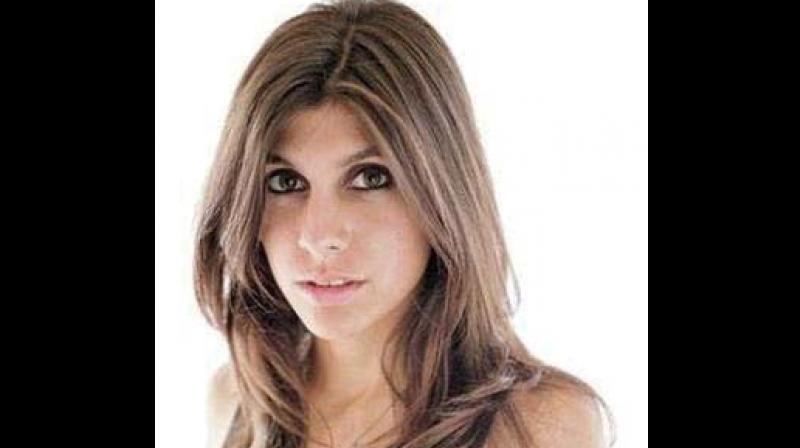Sanaya's strain!
On her recent visit to the city, electronica artiste Sandunes gets candid with us.

A diverse artiste who goes by the stage name Sandunes, 27-year-old Sanaya Ardeshir is creating a range of tunes that are being recognised globally. A tête-a-tête with this passionate music producer is nothing short of enlightening. Ask her about her background and she reveals, “I’d play with bands. I played funk, jazz, rock and the blues when younger. After being a keyboard player for many years, I took to production. I got into producing electronic music, but I’ll just call it music because I don’t like putting a tag on it.”
Having had several releases ( EPs and albums), Sanaya’s latest was Downstream, was out in September. From human conditions to emotional landscapes, from good food to politics, Sanaya draws diverse inspirations. A DJ, composer, keyboardist — she’s all of these, but ‘producer’ is what describes her best. “I’m someone who sees something through — from the beginning to the end. For me, it encompasses all things — instrumenting, writing, composing and arrangement.”
Born in Jamshedpur, the producer, who calls Mumbai her home, was a lil’ girl when she took to playing the piano. Growing up, she listened to jazz from the 20s and 50s, and also to electronic music bands. In 2011, she headed to London where she delved into studying music production. After a year of learning, she was equipped with a broad range of skills. “When I came back, there was a lot of space and willingness from audiences and promoters to try new stuff. I’ve always wanted to challenge and pushes boundaries,” says the artiste.
Contributing to music’s development is gratifying for her. As a musician, she’s done numerous collaborations. Her major one is Perfect Timing,with Kolkata-based drummer and producer Jivraj Singh. “I’m constantly writing music with other song writers. I have an EP coming out this year. I recorded with a band in New Orleans, and built sample tunes from sessions,” she adds.
Sanaya likes how people in India are excited by the newness of everything. “I’ve seen a massive change in the desi electronic scene. It’s fast developing. I don’t condone large scale EDM culture, it’s got a huge following creating space for underground and marginal stuff,” she says.
As a woman in the electronic space, she’s often asked how it is to be a lady in a male-dominated field, she says, “I feel like everything gets negated if you’re harping on ‘women in music, ‘women writers’ etc. I have decided to talk about it less, but collaborate with women, push myself towards quality and technical proficiency.”
Hopes for the Indian scene, she says, “I want to see more infrastructure. Art could be looked at for innovation and social development. If ideas generated by artistes are linked to scientists or innovators, there can be big jumps in the landscape. Quality-wise, we’re good. It’s pretty fun to track.”
